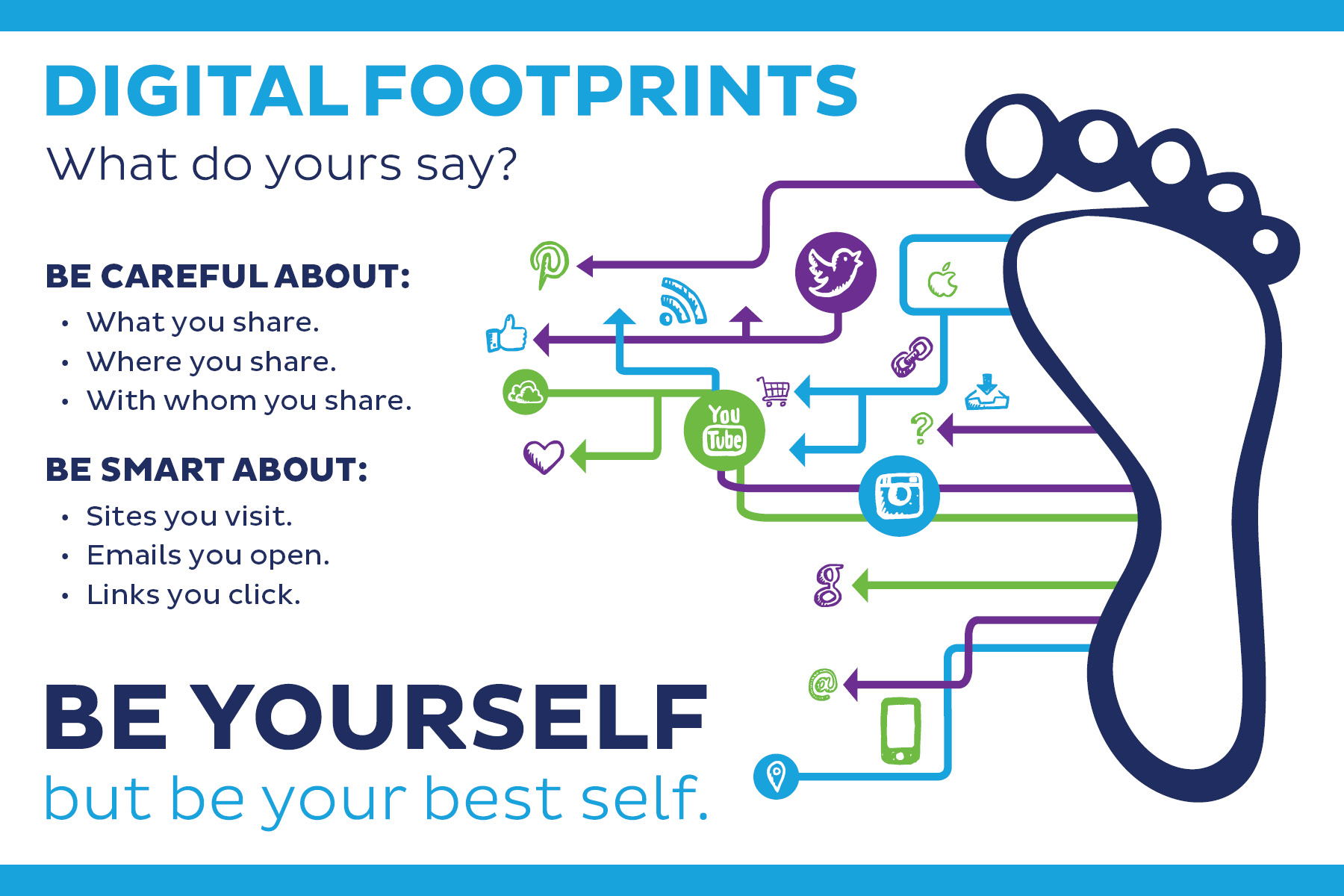Not long ago, Research In Motion’s (RIM) BlackBerry was one of the top selling devices in the smartphone market. It’s popularity centered around it being a portable digital assistant which also did e-mail and messaging well compared to other devices of that time (before the iPhone launched and eventually, redefined the smartphone space). Due to this aspect (including its relatively high level of security), it became an invaluable tool for businesses. People became so attached to this device because of this ability for instantaneous communications, that it also became known as the CrackBerry.
The failure of RIM’s management however to adapt quickly to both Apple’s iOS and Google’s Android, is well documented. The somewhat arrogant assumption that what worked in the past would continue to work well for RIM, by assuming that software based keyboards would just not catch on for messaging, put the company further behind from a user interface and user experience point of view. This required playing catchup not only on in terms of a touch based UI on a smartphone sized device, but also in the tablet space. For their PlayBook tablet, their own operating system was not up to the task, so RIM elected to acquire a real time Unix-like operating system called QNX to build their next generation mobile operating system on, further putting them into a hole. When Apple acquired NeXT, it took the better part of 5 years before a consumer viable version of what became known as Mac OS X (including 3rd party developer support by the largest ISV’s) would be released. In otherwords, it’s not easy and requires a solid plan which takes into account your current user and developer base.
RIM’s plan however seemed haphazard as their initial timetables seemed too good to be true. As it turned out, it was unsurprising when they needed to keep pushing those dates back, all the while losing share to both Android and iOS. One of the most important aspects though is developer support. It’s a constant conundrum faced when it comes to marketshare as developers will naturally want to focus their attention where the action is. RIM was bleeding on all fronts. And while Apple was initially not focusing either the iPhone or iPad at the enterprise, a large number of Fortune 500 companies were internally testing them. This prompted Apple to begin including feature sets within iOS that were enterprise friendly. Now, Apple products are being adopted for use in the enterprise, further encroaching on a space once dominated by RIM.
RIM’s latest quarterly results speak for themselves. They hit the lowend portion of their fiscal Q4 (ended March 3rd) guidance in terms of BlackBerry smartphones (11.1 million units), which was down 21 percent from the prior quarters shipment. Their revenue guidance was $4.6 to $4.98 billion, but their actual revenue was $4.2 billion, down 19 percent from $5.2 billion from the previous quarter.
They also announced a GAAP net loss of $125 million. For fiscal 2012, RIM announced revenues of $18.4 billion, down 7 percent from 2011’s $19.9 billion. Top management (CTO and global COO) also stepped down (something which should have taken place at least 2 years ago), including former co-CEO Jim Balsillie, who resigned as a director of RIM’s board.
They also announced a GAAP net loss of $125 million. For fiscal 2012, RIM announced revenues of $18.4 billion, down 7 percent from 2011’s $19.9 billion. Top management (CTO and global COO) also stepped down (something which should have taken place at least 2 years ago), including former co-CEO Jim Balsillie, who resigned as a director of RIM’s board.
If anything, this once again serves as a reminder that staying the top dog is not easy. This is where Apple’s previous near death however serves it well because of the culture which has been instilled over the past 15 years. Part of that culture includes saying no, only taking on a market where they know they can do it better, constantly innovating and finding ways to obsolete what they’ve done before (rather than just sitting back and milking it), and generally, working like they are a startup. Even with these ingredients, there are no guarantees of continued long term success because sometimes, all it takes is a single market disrupting force to change the rules of the game.



